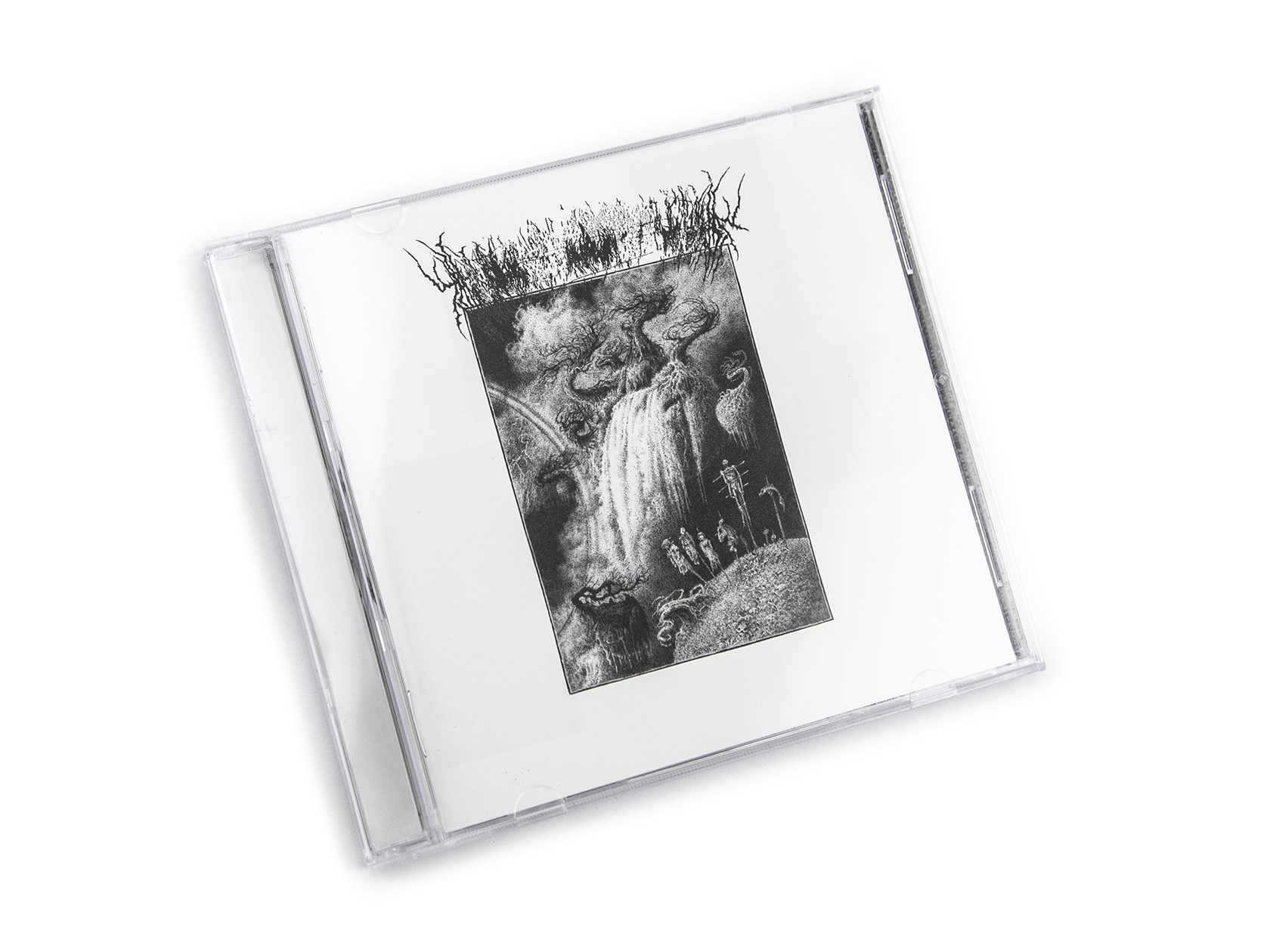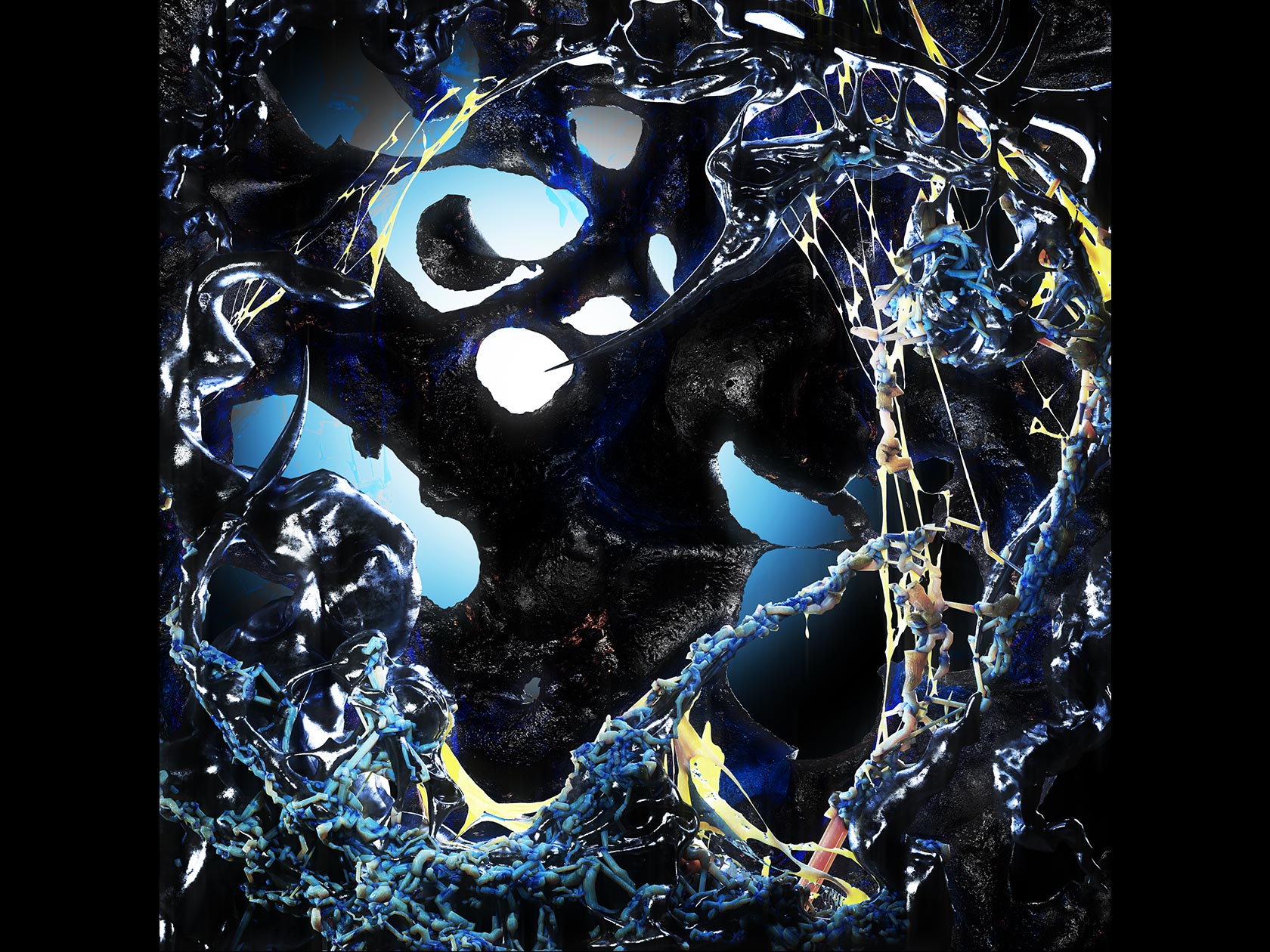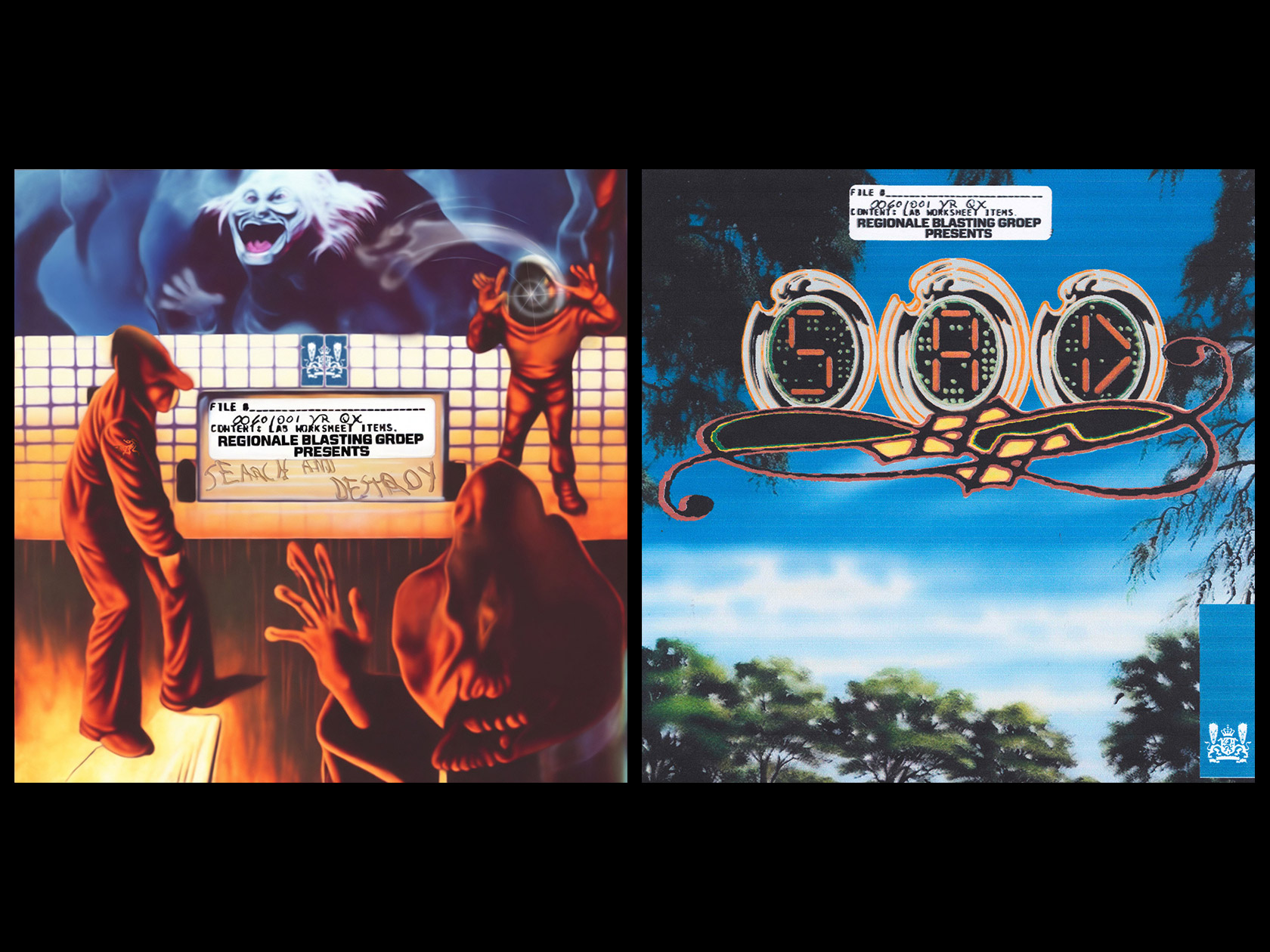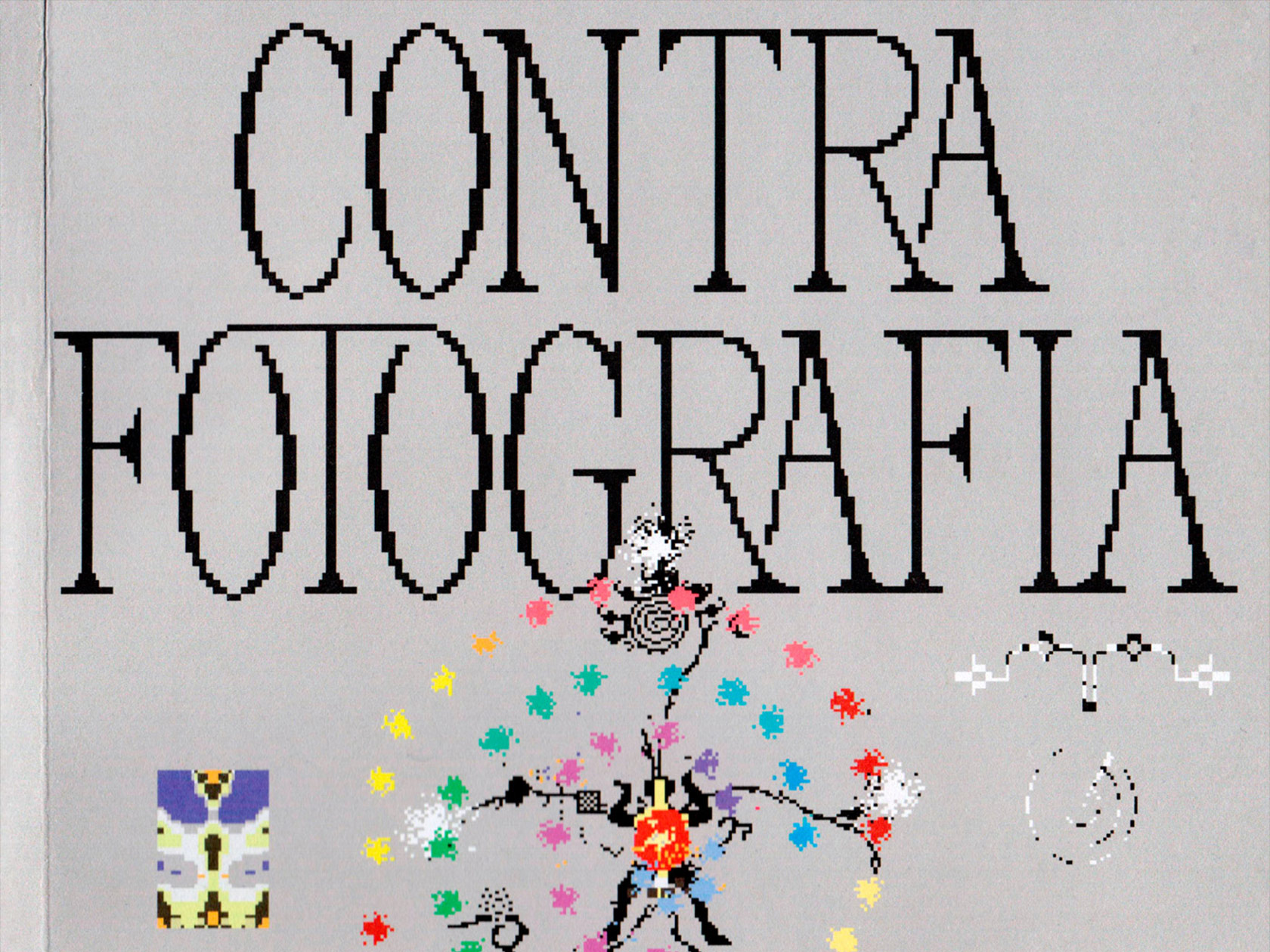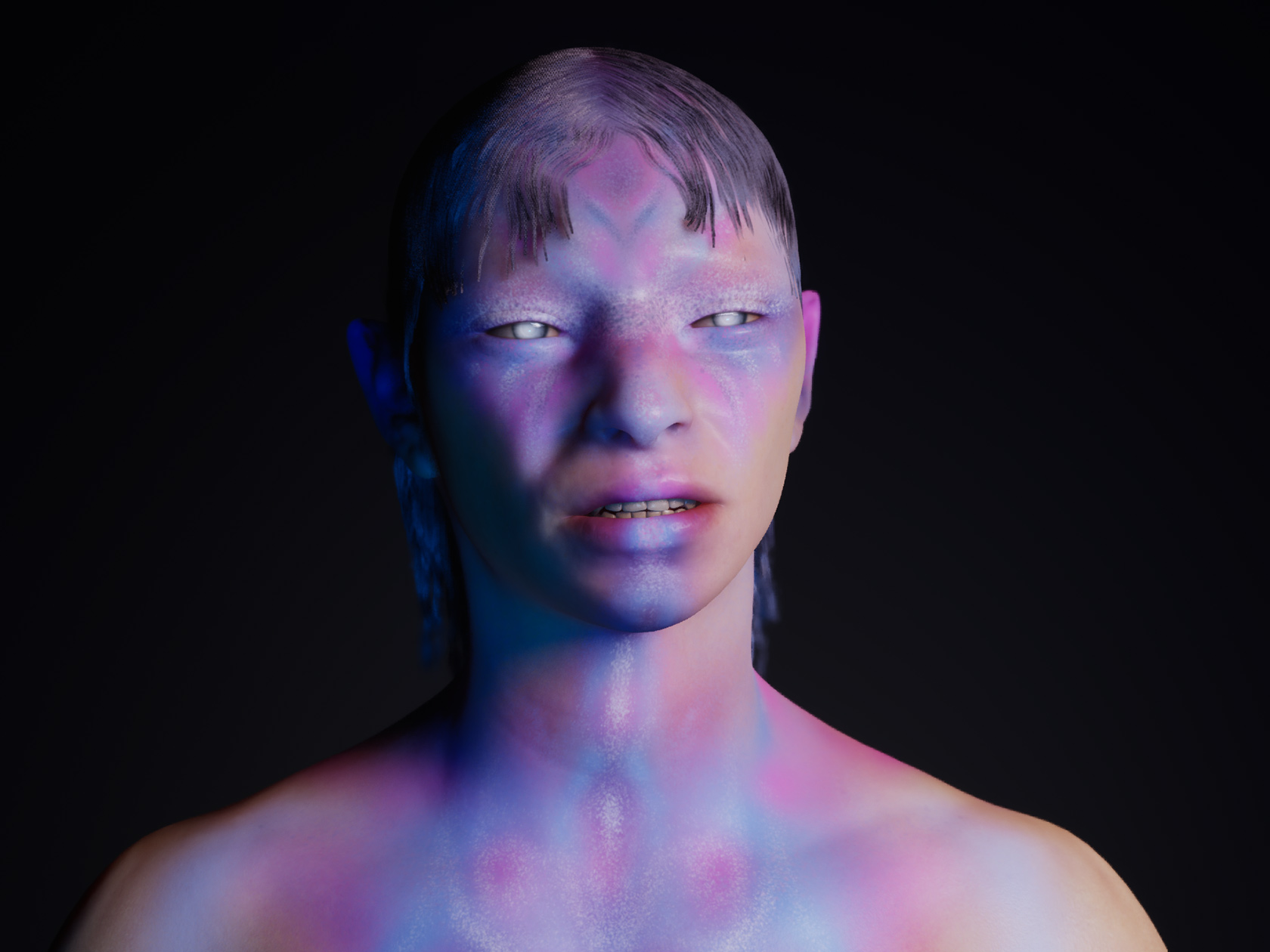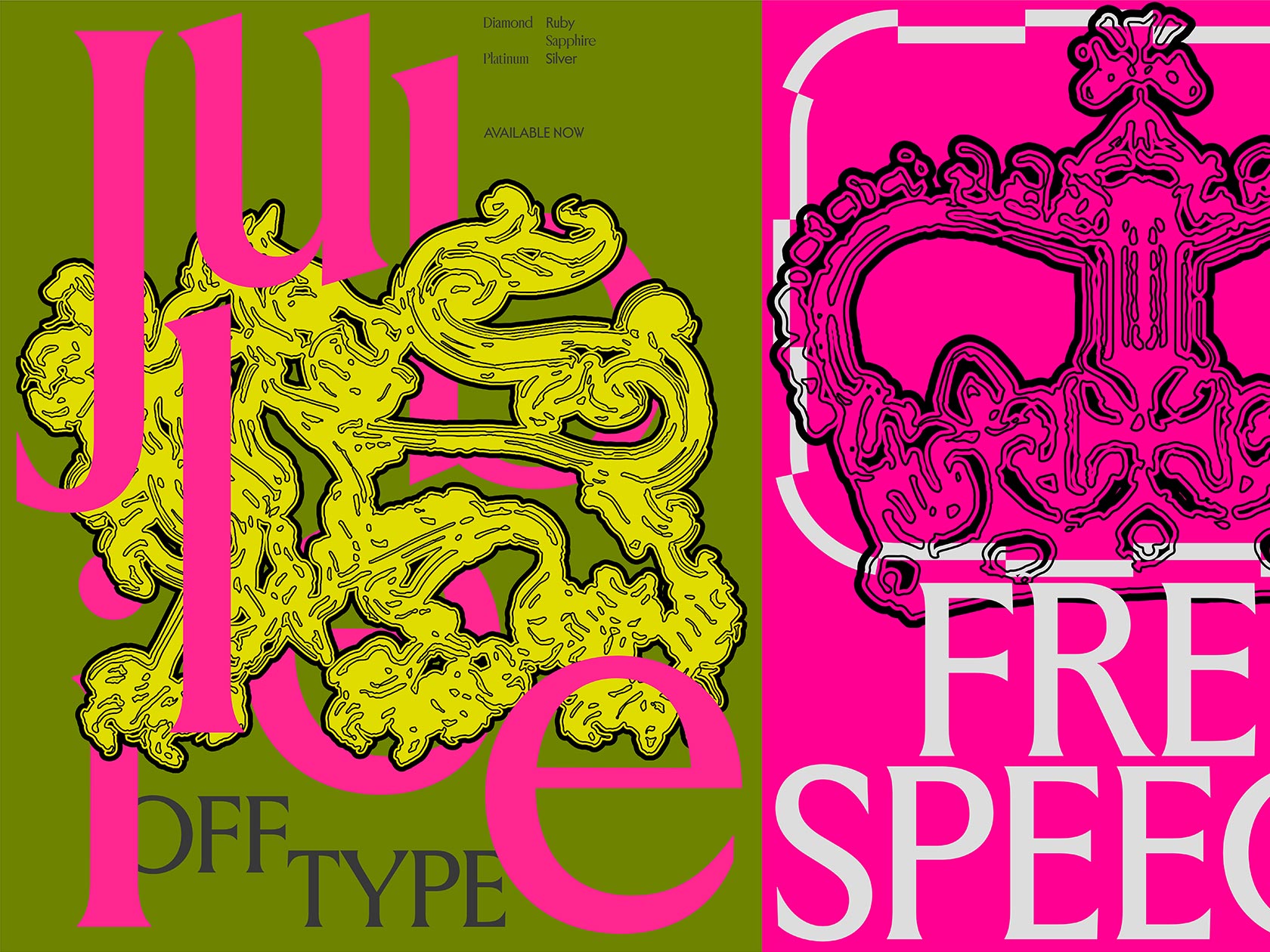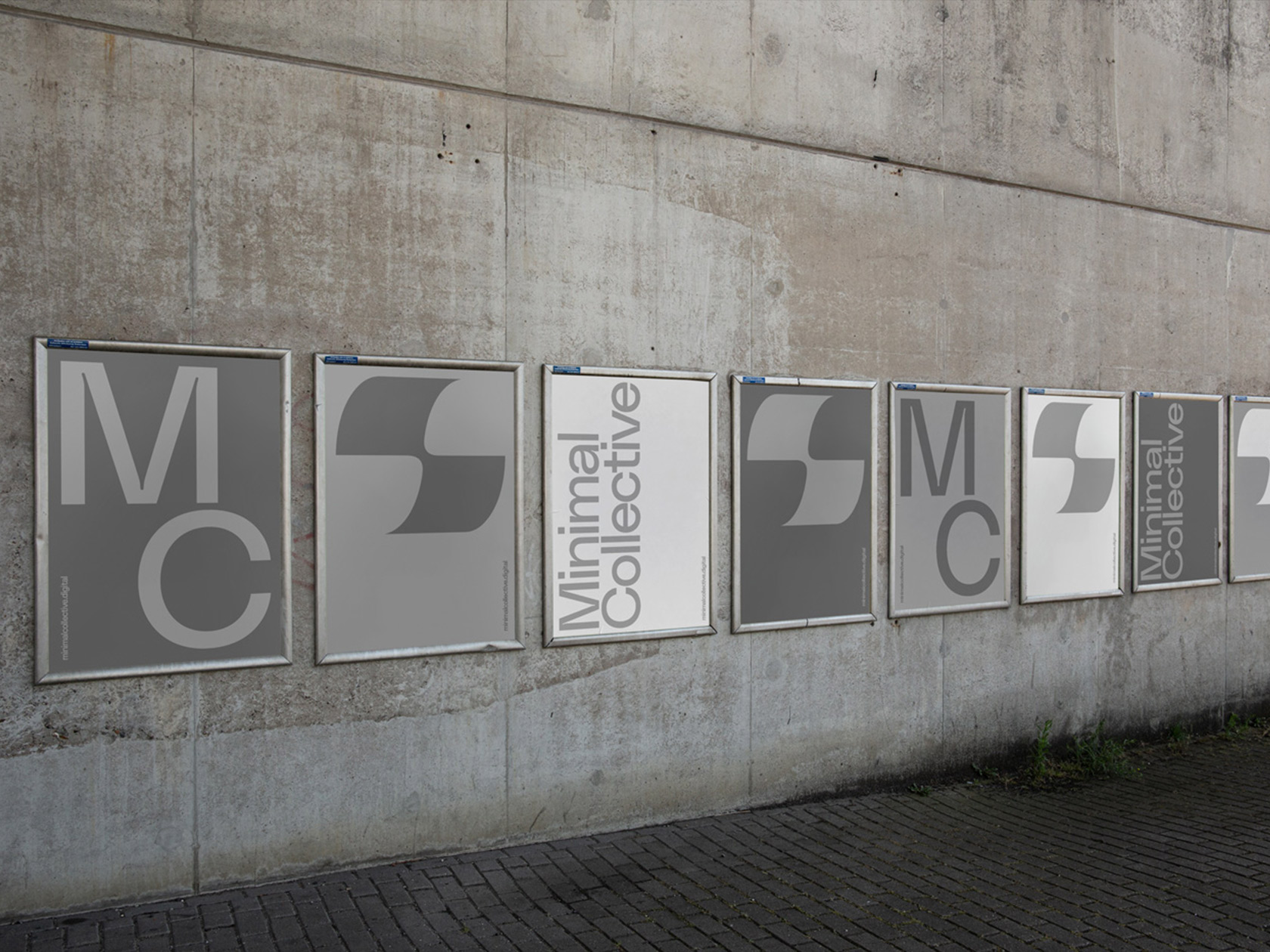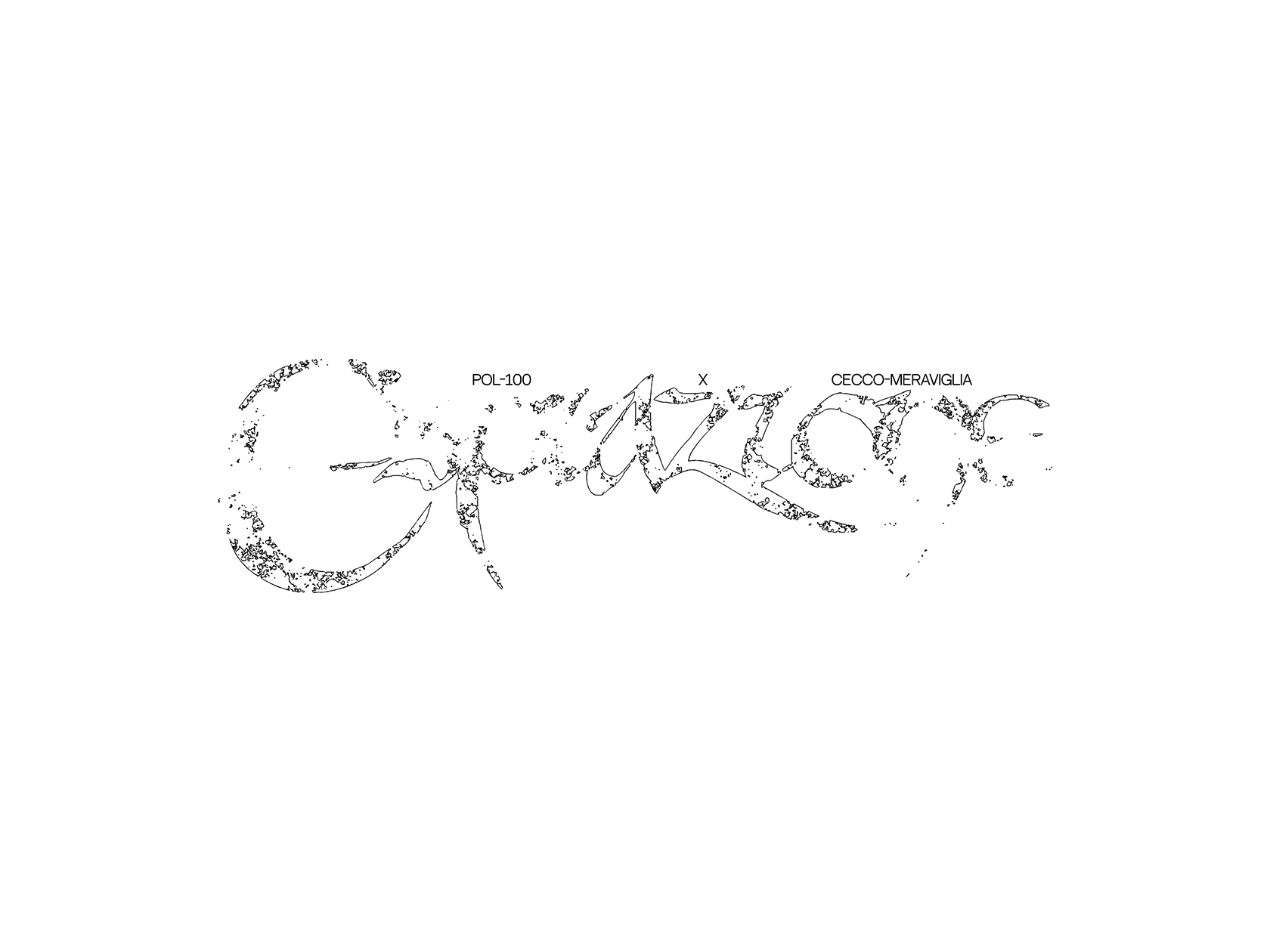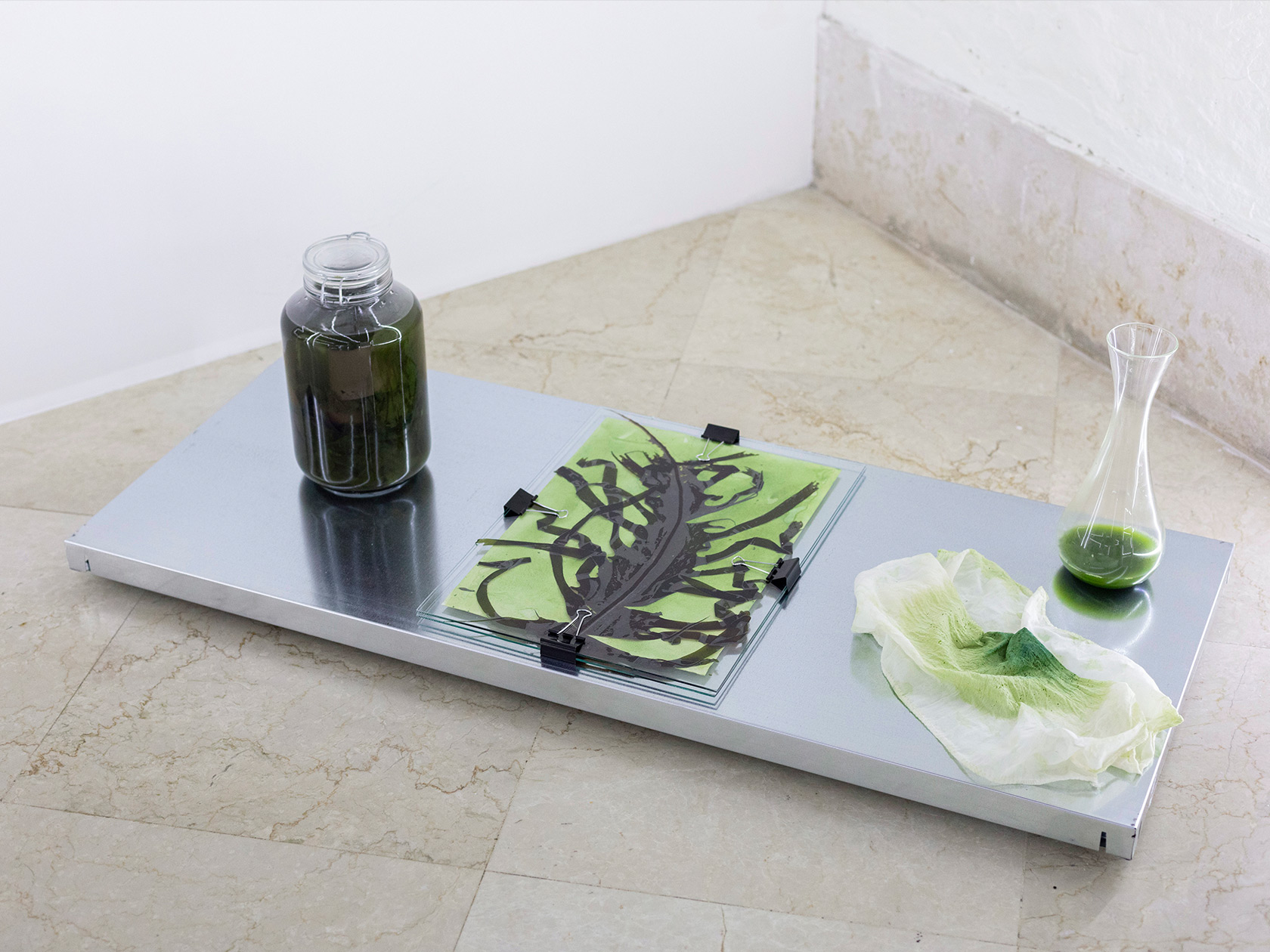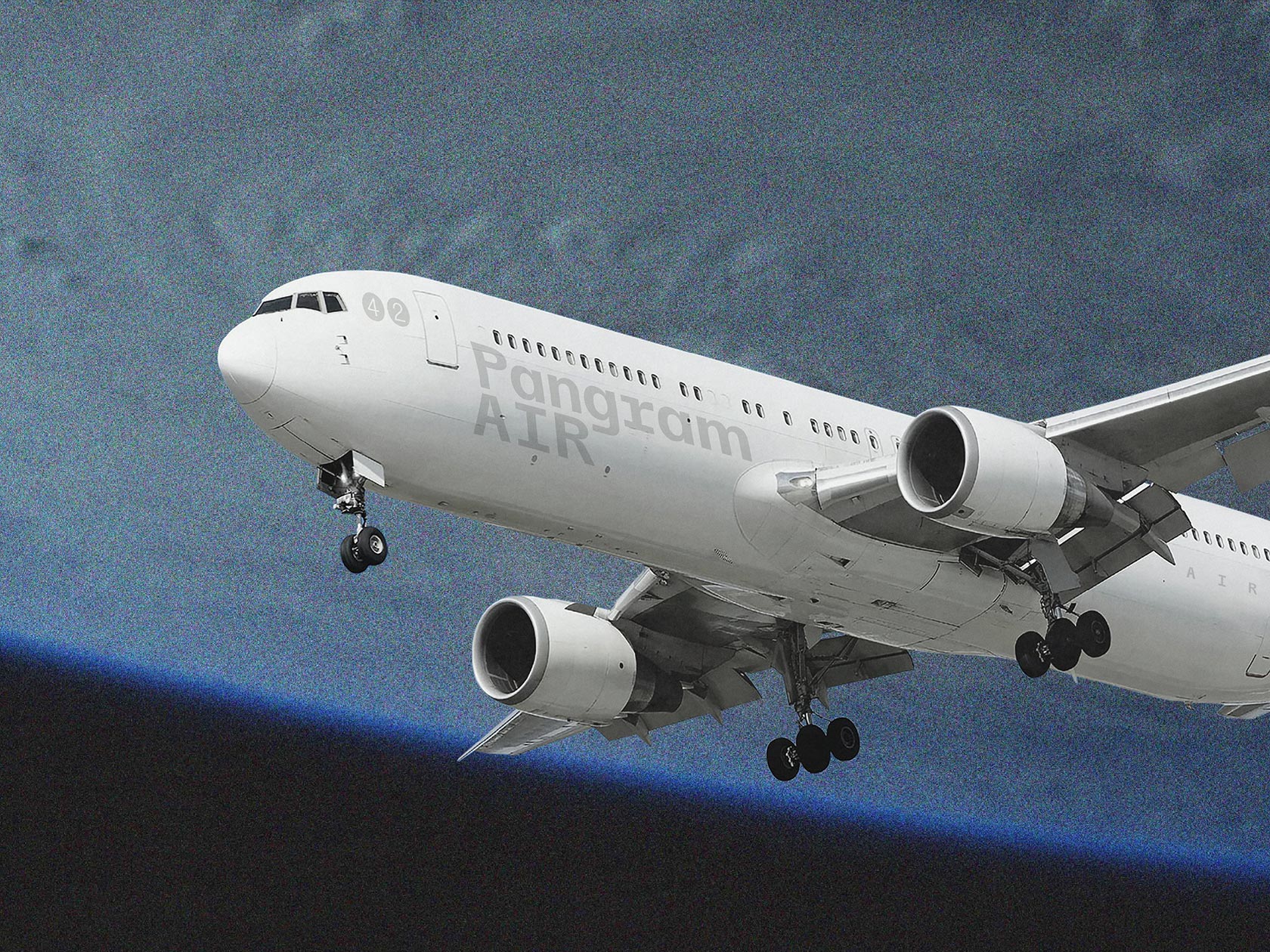The talented musicians Maxwell Patterson and Will Ballantyne, also known as i.o and City, announce the release of their second collaborative album ‘Chaos is God Neighbour’, after making their debut with ‘Spirit Volume’ in 2019. Since then, the duo has honed their skills, growing both personally and professionally. The full-length album is brutal and sinister, yet wildly captivating, finding the musicians digging into even murkier depths than ‘Spirit Volume’. Released on Éditions Appærent, the record was composed, recorded, performed, and engineered entirely remotely, from home studios in Victoria, Vancouver, Berlin, and beyond.
Charged with electric energy, the album draws from the ultra-high-octane live sets of all the musicians involved, including extensive contributions from collaborators Dis Fig, x/o, and vvilms. Interspersing throat-shredding, harsh vocals over rich synth work and slabs of harsh ambient noise, distorted guitars in alternate tunings and i.o’s virtuosic and unhinged drumming gives off a vibe of contrasting extremes. The expansive performances of Dis Fig and x/o serve as vantage points over the morass, giving the listener something both beautiful and human to grasp.
In this very honest interview with C24, Maxwell and Will chat about their new album, their introduction to music, and the importance of collaboration to their practice.
What prompted you to become musicians and how did you come to discover your style and practice?
M: I’ve been making music under the name i.o since 2014, I guess you could say my background before that was that I was some kind of bedroom free jazz musician—although in many ways I still sort of am. The first time I saw someone playing a drum set—my main instrument—was some school band performance and for some reason I kind of just fell in love with the instrument. I just thought it looked so cool and fun. It was a girl that was playing the kit. I dunno if that’s weird to talk about but I like that introduction to the drums a lot better than being inspired by some macho rockstar dude, like Lars Ulrich or something. Although it kinda took me a while after that to actually start playing, just always in the back of my head I gravitated towards drumming after that experience. 100% the moment where I found the style that I wanted to play was when I discovered the bands Hella and Don Caballero when I was 17. It was just an immediate “oh so that’s how I am supposed to be making music” moment. Almost everything I do is an attempt to just hold a candle to what those bands mean to me. At the same time, I was also totally way into the free music guys, like Derek Bailey and Cecil Taylor. I loved that “I am going to play music my way, screw conventions” attitude. Also Burial.
W: I’ve been playing guitar since I was a kid and I guess started making solo music when I was in my teens. With City, I’d say my “style” was in place right from the beginning, but I just slowly got better at making it come to life. I have some pretty embarrassing early experiments as City that I hope no one ever hears! It also took me a long time to accept the fact I should be playing guitar live—once I started playing the guitar parts from my tracks live that felt like a real game-changer. Shoutout Max and Tianzhuo for making that happen, and also my friend Henry who told me that I should be playing guitar from the very first time he saw me play live!
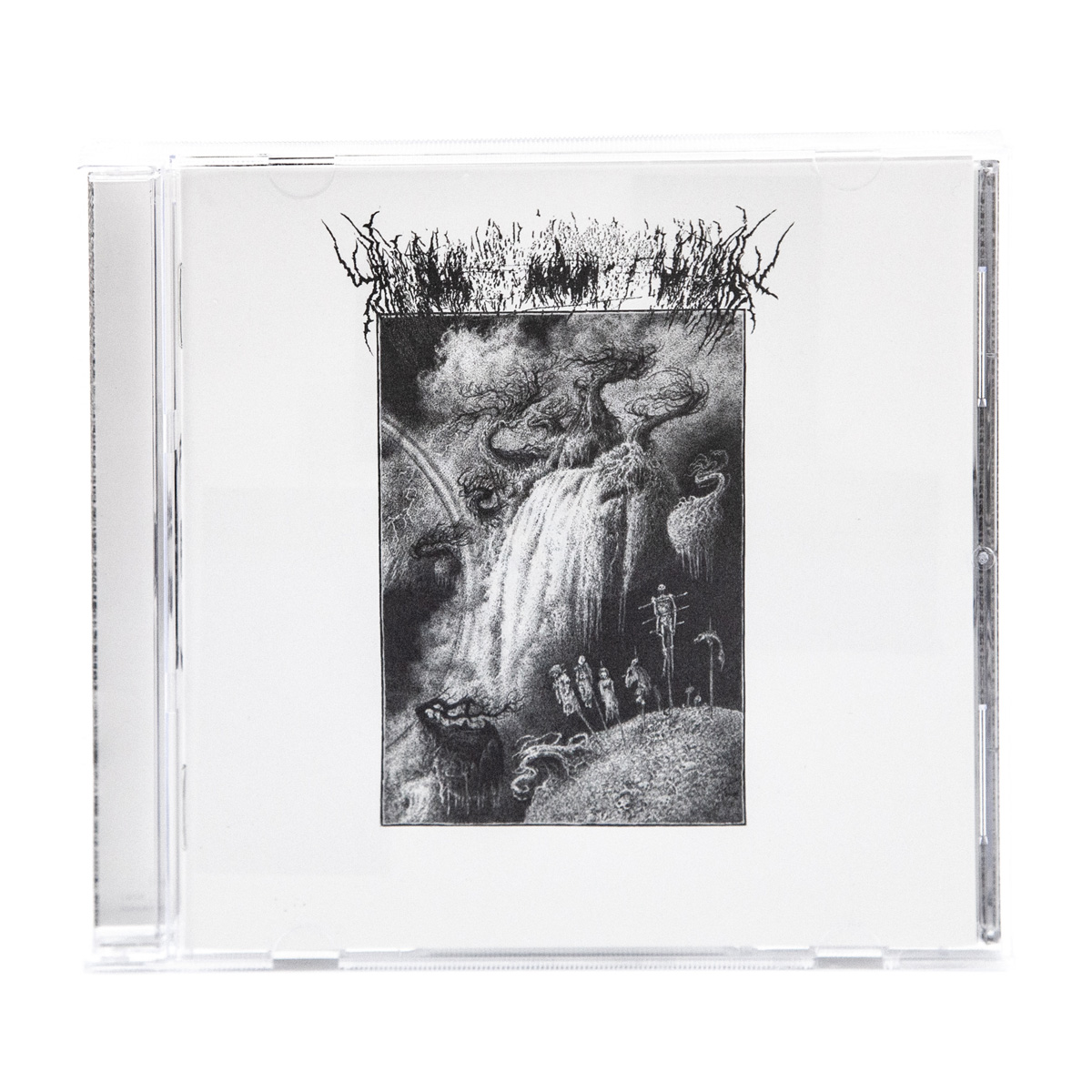
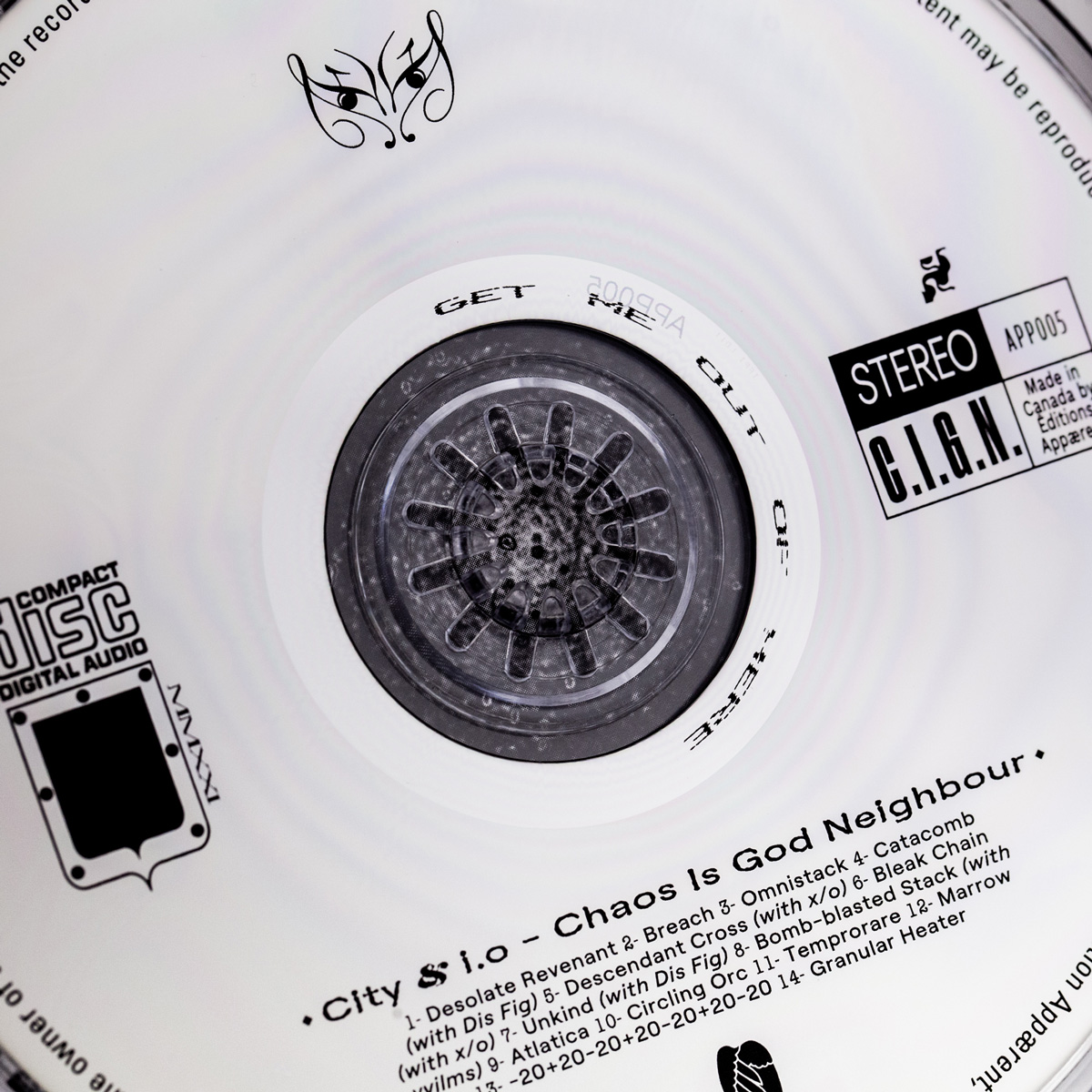
Do you remember your first encounter?
M: I and Will have known each other since middle school, I dunno if he actually remembers this or not but the earliest memory I have of us together was in like 7th-grade band class. We were taking a remedial saxophone lesson together at school. He had just moved from Calgary and needed to catch up learning for school band and I just sucked and was a bad music student. Fast forward to us working together a decade later, Will and I had always kept in touch about music, I would always send him my demos of what I was working on for feedback … I mean, for a while, Will was one of only a handful of people who even knew I was making music and I really appreciate how he’d always take the time to listen. Will’s old high school/university band with our friend Ethan was a huge inspiration to the kind of music I play today … but anyway, sometime early 2017, Will just asked me one day if we wanted to work on a track sometime and basically later on that day or the next day after we had already made ‘Anxiety Object’ from ‘Spirit Volume’, kind of a clicking moment.
W: I don’t remember our first encounter but we met in grade school, like 11-12 years old. We jammed a few times in high school if I remember correctly but the big musical moment was Max showing me Russian Circles. It wasn’t until Max sent me his first record as i.o, which completely blew my fucking mind, that we started talking about working together, and then a few years later began working on Spirit Volume, which was our first collab record. ‘Spirit Volume’ was such an easy collab, just a totally effortless process working with Max which I’d never experienced before. And then we played our first live show at a festival in Vancouver in late 2019 and after that, it just became by far my favorite project or aspect of City.
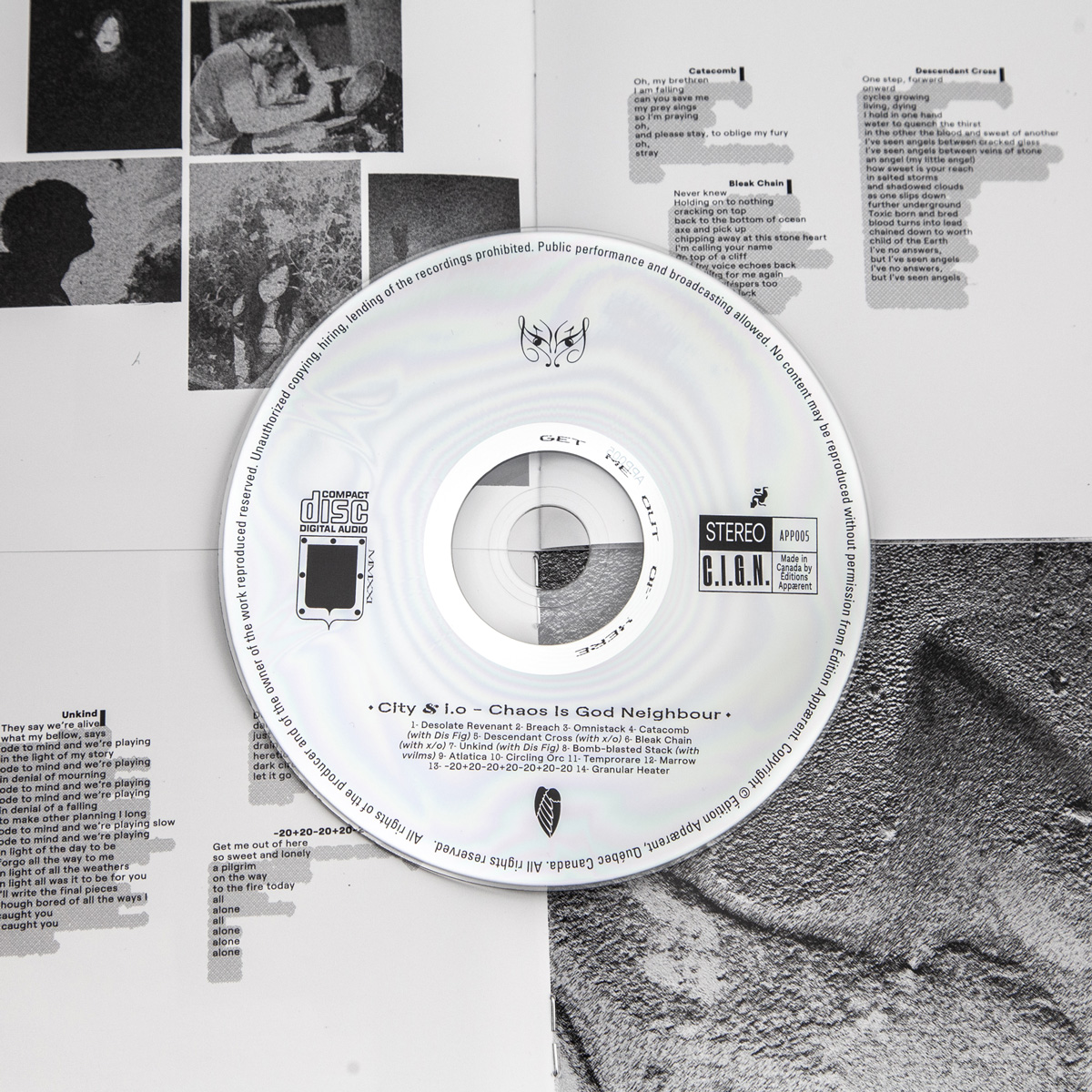
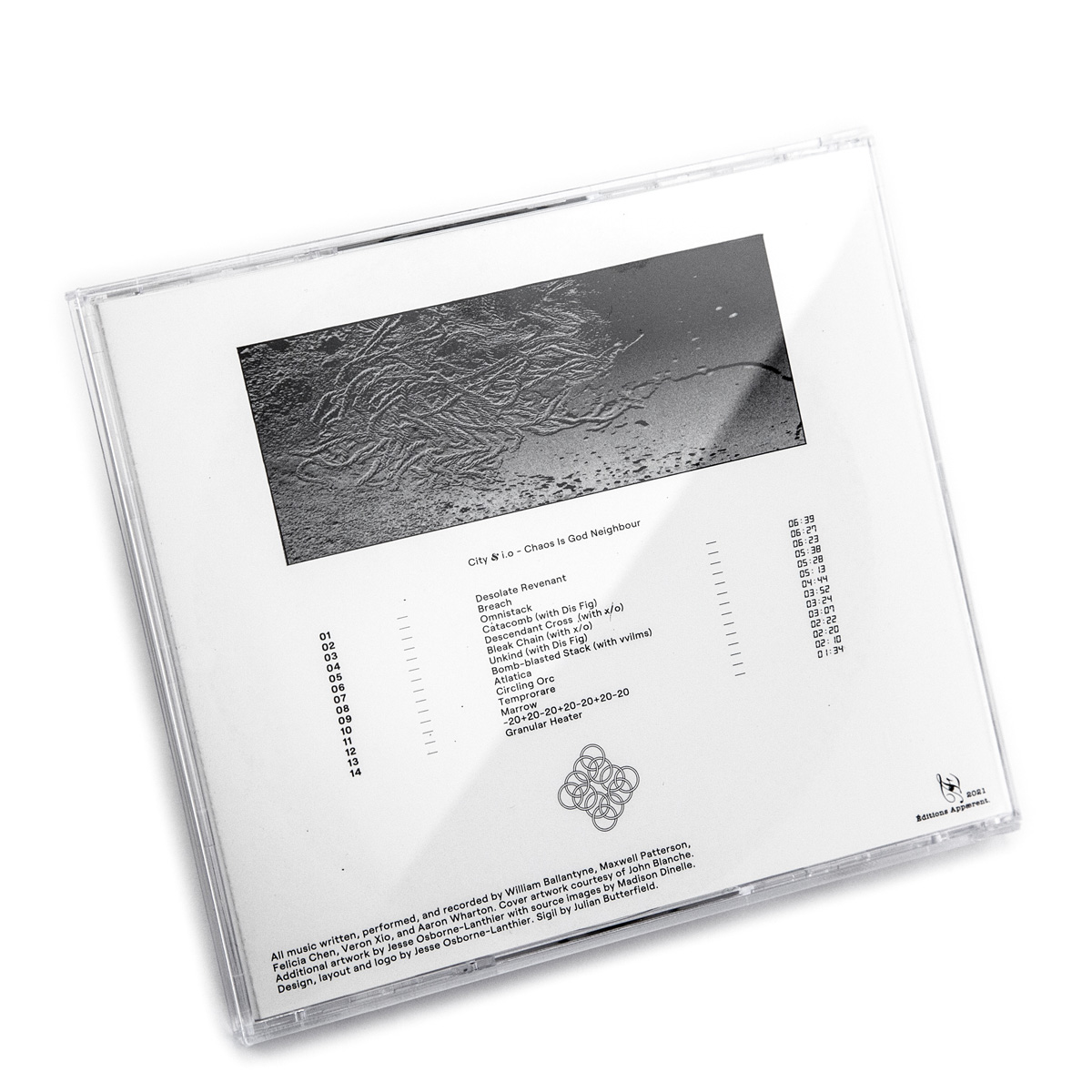
Let’s talk about your upcoming album, ‘Chaos is God Neighbour’. What inspired you for this new album and where do you turn to when looking for inspiration?
M: I am so, so proud of what we achieved with this record, What I love so much about making music with Will is that we don’t really spend any time really talking about what we want to do how things should sound, it was just kind of a “let’s start making another record” and then we just made it. I don’t think either of us was really expecting the mood of the record to take such a dark turn. Personally, I set out to make this album into a vision of the future that we could get lost in. There’s a lot of moments where, to me, when I listen to it, I am in some dark gothic sci-fi alleyway and like a spaceship just flew overhead or you’re in some bleak foggy industrial railway station in some strange unsettling future. It’s definitely far from an original take on the dystopian future aesthetic but as someone who grew up being so into all that, finally being able to realize a vision of that in some way has been very gratifying.
W: The inspiration for this record, for me, was to make something that lifted me out of the depression I fell into during the first part of covid. I had no guiding musical ideas besides, “I hope I realize making music can be fun again.” I tend to get pretty obsessed with certain things. This last year I was obsessed with watching people figure out speed runs for new video games and Netflix sci-fi movies. I’m definitely not saying either of those things influenced the album but… that accounted for a lot of my media intake this year. This is corny but I tend to draw inspiration from my friends—I just love watching people I care about pushing themselves and succeed. Shoutout to the extended s.M.i.L.e. crew, both EA fams, and American Decline Records!
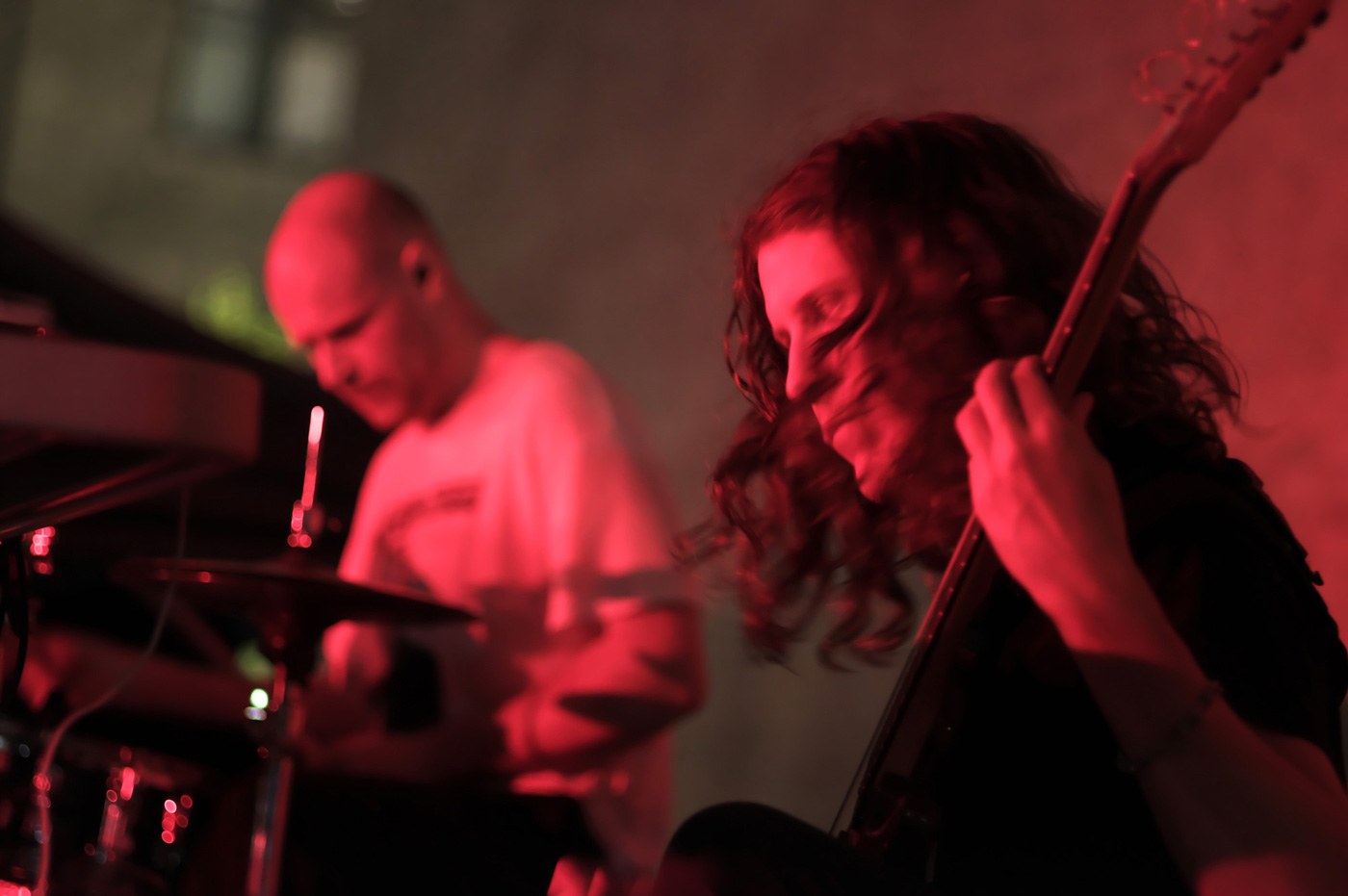
Comparing your first collaborative record from 2019 ‘Spirit Volume’ and your current compositions now in 2021, what kind of development lies beneath it?
M: I mean just huge growth was made between those two records, and I kind of outlined what I was able to bring to this record that I couldn’t to the previous. I know that ‘Spirit Volume’ came out in 2019 but in reality, the record was done long, long before that. I am always creating new music so I am constantly improving, and in the span of 4+ years, there was just a huge leap in what I am capable of producing. I think also me and Will in that time have grown a lot closer as friends, and it definitely made me a lot more comfortable in expressing myself more intimately in the music. Something that we have talked about before was that with the pandemic happening and making this record together with Dis Fig, x/o, and vvilms was a huge affirmation of who of us and our friends were still creatively motivated. For me, it was definitely a big confirmation that I and Will are both on the same page with making music for all the right reasons.
W: Personally, I learned a lot from working on ‘Spirit Volume’ with PTP, especially with the background aspects of releasing a record; how to coordinate all the different moving parts, press, and PR, etc. I’d say on my end the personal development was basically c-19 and everything that fell apart because of that. I lost a huge amount of work that I was super excited about and it was a pretty tough experience; working on ‘CIGN’ with Max was an enormous reminder that music is still worthwhile. It’s hard to track though because ‘Spirit Volume’ was basically finished for two or three years before it got released, so we’ve both changed a ton both as people and artists.
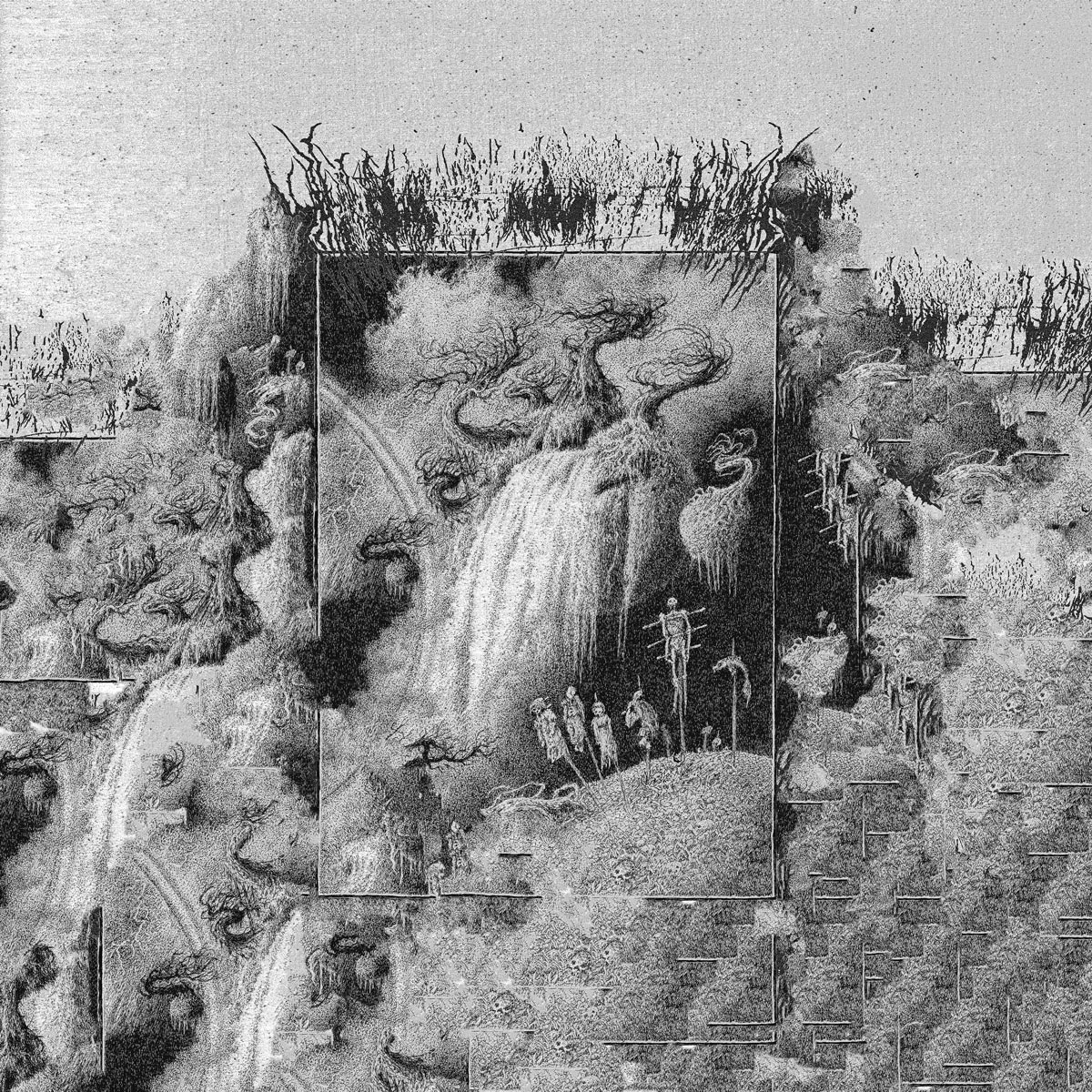
If you had to describe your music to someone, what words would you use to translate the mood?
M: It’s a hard one, and i’s something we’ve talked about a lot is how hard it is to describe what we are doing because, between the record and the live shows, the genres we dip in and out of is just so varied. I personally like to just think of what we do as unrestrained futuristic music. All that matters is whether things are forward-looking or not.
W: I can’t remember why we started this but we jokingly called this record “ritualistic ecstatic ambient,” which is obviously mad corny but feels right. Max also always puts very niche micro-genres on show flyers and calls us “brutal electronica” sometimes. Both of those definitely work! I also think of it as music that is so extreme and violent it gets squashed into a greyscale ambiance, like when you turn the distortion all the way up and lose track of all detail.
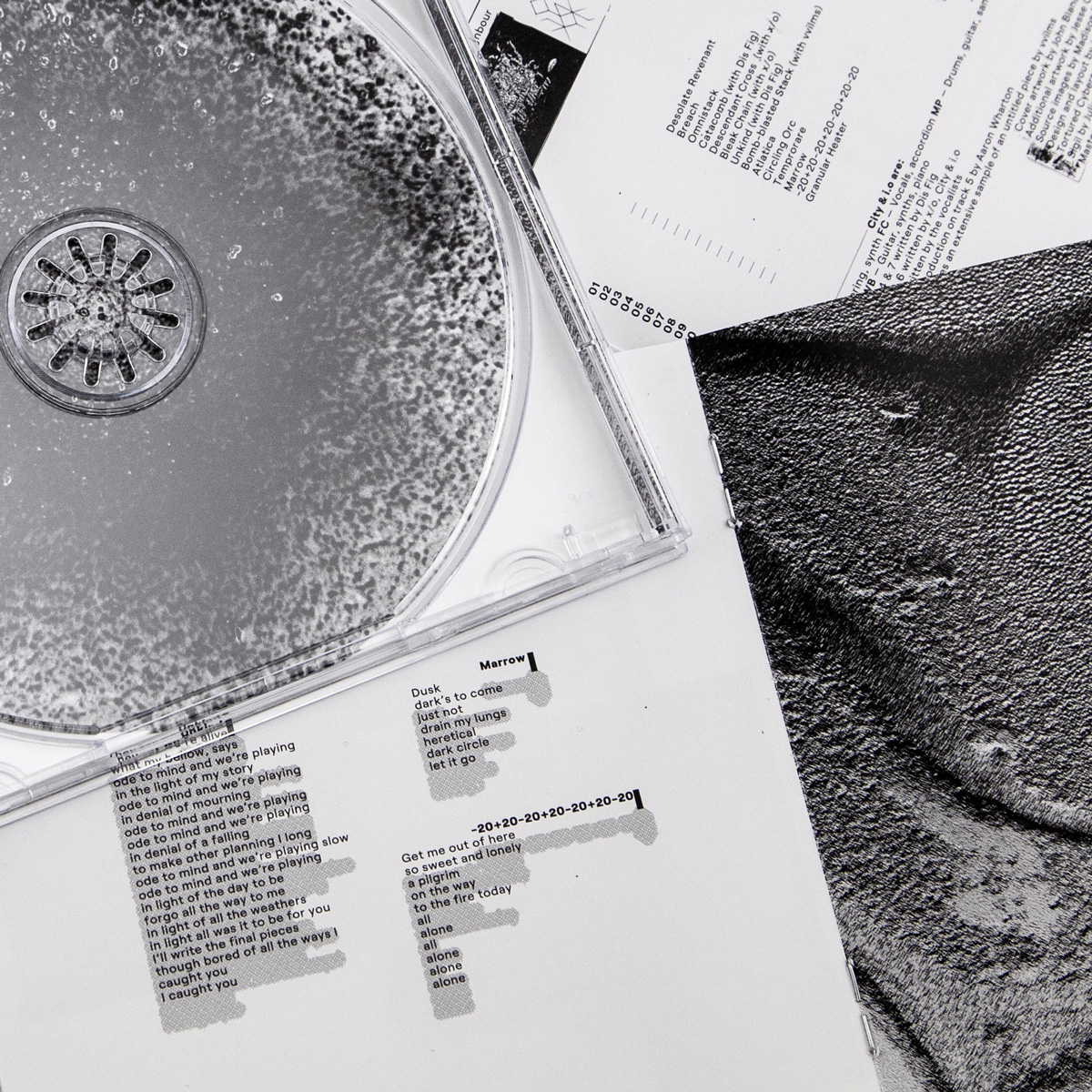
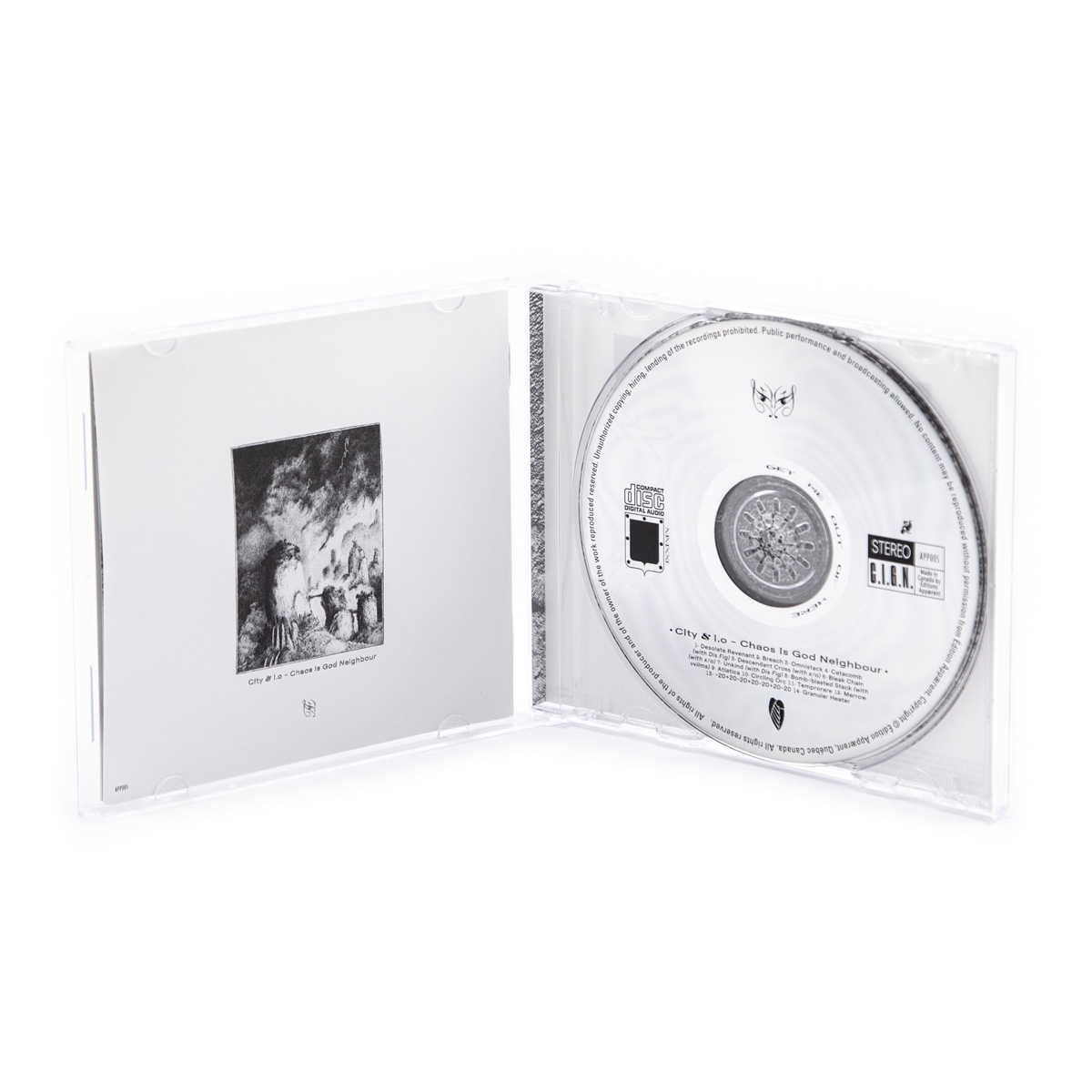
You stated that this record is 100% the result of in-depth collaboration, not only between yourselves, but also with other artists, like x/o, vvilms, and Dis Fig. Can you describe your collaborative process to us? What does working collaboratively bring you that you couldn’t do alone?
M: On this record especially, there was complete trust and mutual respect between everyone involved. What everyone brought to the table was so inspiring and equal. It takes a lot to let someone come in on a track you’ve been working on and just add their own element to it without wanting to control them. There are so many instances of that happening on this record and every time it’s been completely for the better. So for the majority of the tracks, Will sends me all the demos and parts he’s been working on, then I take those parts and sections of songs and flesh them out into a larger song structure. It’s kind of like Will gives me a story and I make the screenplay? I dunno if that’s the right analogy or not, but also at the same time the tracks with Dis Fig were composed by her and it was the other way around of me and Will sculpting all the additional sounds and atmosphere around what she had written.
W: For me, the entire project would have been impossible to do alone. I couldn’t have gotten anywhere close by myself. I think of my music as super rigid and I think that comes through in my solo stuff. But the way City and i.o has worked so far is that I send Max about 50-100 tracks, and he combines them and rearranges them and adds layers and stuff before sending them back. And we slowly whittle it down that way. And maybe this is giving too much of the secret sauce away but Max works in Audacity, so I usually only get back a single flattened layer, as opposed to a huge folder of meticulously labeled stems like other people send. This forces me to accept the music and the track for what it currently is and totally prevents tinkering and overthinking. Such a blessing honestly because I can overthink all day long. As far as working with Dis Fig, x/o, and vvilms, those were all very different and rewarding collaborations. Felicia (Dis Fig) brought us her two tracks basically fully fleshed out and performed, so we were working with something that already had a very strong identity. With Veron (x/o), it was the other way around: we sent her the record and she sent back her two tracks with her vocals and all of her parts added, which completely blew my mind because I had no idea those tracks could go to those places at all. Aaron (vvilms) provided us with a big chunk of raw material that we used as the basis of our collab song, but he also mastered the entire record and it’s impossible to overstate how Herculean of a task that was. We sent him our insane pre masters, all clipping at just outrageous levels and he turned it all into something listenable. Such a patient and meticulous engineer, and really a pleasure to work with!

The artwork on the album cover was provided by the illustrator John Blanche, and the record was designed by Jesse Osborne-Lanthier. How would you describe the interplay between sound and design in this case?
Jesse: An aesthetic that both Will and I share and delve in references back to a lot of extreme metal genres of the ’90s; lots of distortion, medieval fantasy dirt, grungy punk DIY Design. I felt that the cover art by John Blanche already had a transient folkloric death element to it, but needed a counter narrative relating back to the more synthetic abstract electronic elements of the album. I rarely design in black in white, but it felt natural that I retain that from John’s art. The music to me exudes this kind of nasty xeroxed grayscale permutation and I needed that to transpire through the graphics.
I had a very basic layout but after ruminating the approach for months, I finally decided to try and edge out the design using some cybergrind/voidhacker/splatternet style graphics to reach out to that strain of the music with the art. The album has a heavily faxed and deformed quality to it, but also discharges sentient beauty and lushness; I think it somehow is very delicate in its robustness… I wanted the rest of the art to reflect that so I tried to strike that balance. I really love archival style minimalist Swiss/Japanese design and so in the later steps of the process refined everything further by injecting a tinge of that influence back into the art, cleaning it up or whatnot. Lastly I wanted it to fit within the frame of the label; as I rarely work with other people for art concerning our releases I had to find a way to make it part of our catalogue’s narrative and I think I reached that goal throughout the process.
M: Visually the artwork is very much a contrast to the sound of the record, ironically the metal presentation is both something I and Will are very into. From being a lifelong nerd, the artwork of John Blanche has such a special place in my heart, and Jesse of course is incredible with how he pulled everything together in a coherent way. Originally we were actually wanting to go for a painting of some battle mech for the artwork, but I am quite happy at how things turned out with the more eldritch style of visuals.
W: I’ve always loved sci-fi concept art, and our first idea for the art for this record was some sort of huge, burning mech. Looking for source images pretty quickly just led me down the Warhammer 40k wormhole which led me to John Blanche, who is responsible for some of the most incredible Warhammer 40K concept art ever. On a whim, I sent him an email asking if we could license anything and he luckily liked the music and is a super lovely guy and gave us several pieces to use as the artwork. Then we turned that over to Jesse and he did his usual beautiful, maximalist, detail work, where he turns the smallest ideas into something that’s totally fleshed-out and singular. The metal logo was kind of funny because I also play guitar in a black metal band and our visual stuff looks nowhere near that intense. Obviously, the artwork emphasizes the darker aspects of the record but I wouldn’t have it any other way. Even though the artwork came way, way after the record was finished, it really felt like a missing piece for me.
Maxwell Patterson/ i.o
Website
Instagram
Will Ballantyne / City
Website
Instagram
COLLABORATIONS TO LOOK AT:
The Tenets of Forgetting by MSYLMA and Ismael
Medicine For a Nightmare by Power Strip
Guidelines by bela
Packshots by Anna Arrobas

